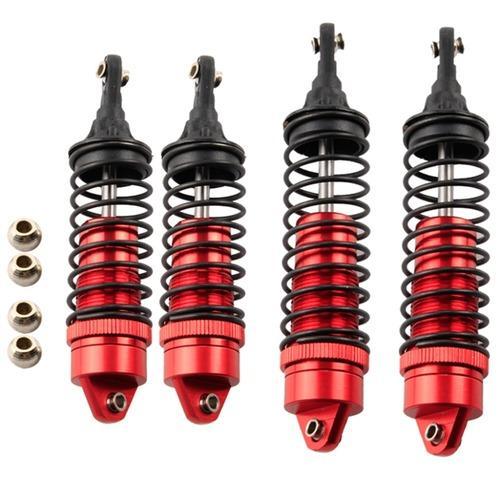Schedule a Call Back
Paving the path to safety: The role of advanced technologies in enhancing mobility
 Articles
Articles- Sep 30,23

- Developing standards for testing and certification of autonomous vehicles
- Formal methods for verifying the correctness of software
- Safety mechanisms for detecting and mitigating errors
- Redundancy in hardware and software systems
- Safety training for drivers and passengers
- Connected cars can communicate with each other and with infrastructure, such as traffic lights and road signs. This can help to improve traffic flow and prevent accidents.
- Electric vehicles are more environmentally friendly than gasoline-powered vehicles. They are much quieter thus reducing noise pollution and improving the quality of life in the city.
- Advanced driver-assistance systems (ADAS) can help drivers to avoid accidents. These systems include features such as automatic emergency braking, lane departure warning, and adaptive cruise control.
Related Stories

Continental Partners with INEOS Inovyn to Cut Carbon Impact of PVC Products
This new material boasts a carbon footprint approximately 37 per cent lower than the European industry average for conventional PVC.
Read more
Kinetic Engineering Reports Strong EV Momentum, Expands Dealership Network Nationwide
With a profitable financial foundation, a positive demand outlook, and an expanding EV distribution network, Kinetic Engineering Limited is well-positioned to deliver sustainable growth and long-ter..
Read more
India Triples Rare Earth Magnet Investment to Cut China Reliance: Report
India is set to boost its rare earth magnet manufacturing capacity by nearly tripling its incentive programme to over Rs 70 billion ($788 million), aiming to reduce reliance on China.
Read moreRelated Products

Fasteners for Automobiles
Bagadia Industrial Fasteners offers a wide range of fasteners for automobiles.

Automotive Shock Absorbers - Auto Parts
TMA International Private Ltd. has export comprehensive range of shock absorbers.

Factory Automation Service
Frontline Technologies offered factory automation services.
















